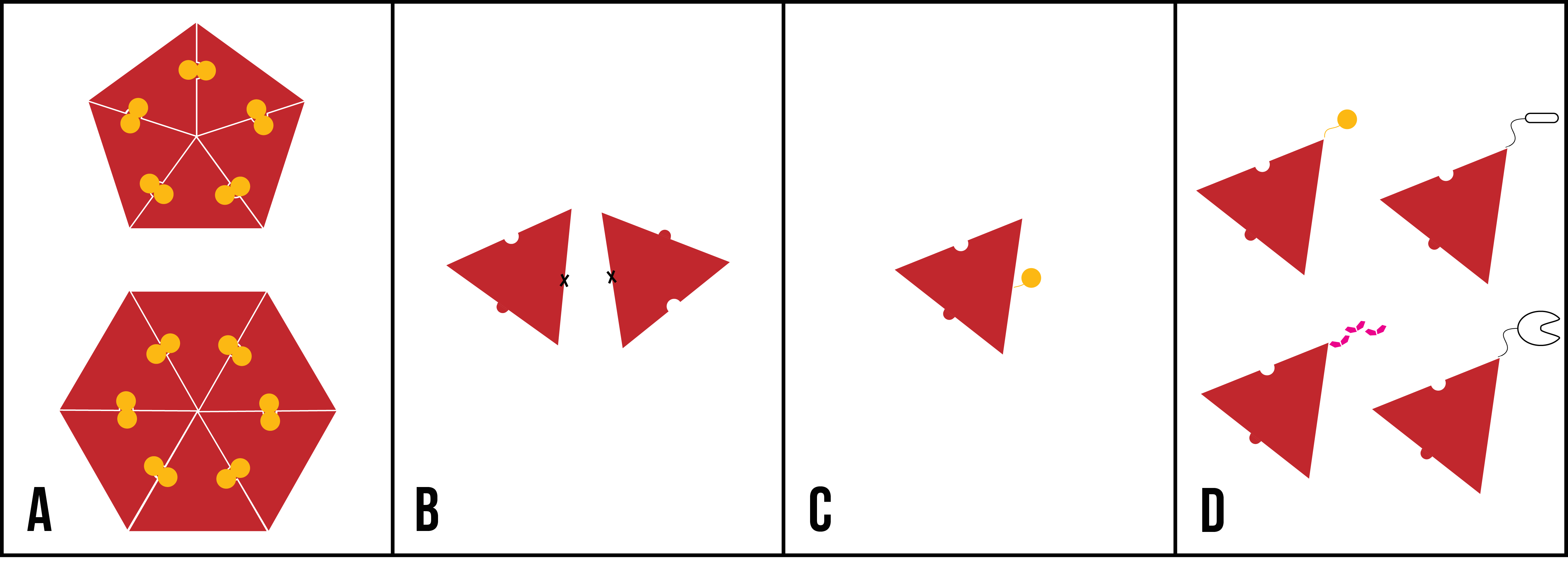Table Of Content

Proteins can do remarkable things, from blocking infection to harnessing solar energy. Drawing inspiration from these natural marvels, we seek to design equally useful molecules from scratch. Masy graduated from Andrews University, where she received her BSc in Biology. In the Lyons lab at Andrews, she examined how the prodomain region of a carboxypeptidase affects its function. She also worked in the Fedulov lab at Brown University to determine the effects of cardiac ischemia on the methylome. Outside of the lab, Masy enjoys traveling, film photography, and pestering her cat.
Institute for Protein Design
Our group is exploring new deep learning architectures to understand and predict ligand-binding cooperativity. We leverage custom-built databases to train and test models that learn molecular features that give rise to tight and specific binding of ligands. Ultimately, alt-protein startups will need to build their own facility to produce enough of their ingredient to meet demand, Jamie Valenti-Jordan, CEO of Catapult Commercialization Services, told FoodNavigator-USA. Building a facility from scratch often requires careful planning from both a design and capital perspective, he explained. "We believe we are well positioned to bring novel therapies to patients in need, and expect to perform on a high growth pace over the next five years. Importantly, we also expect to be cash flow positive on a full-year basis for 2006." Your body contains trillions of individual protein molecules that together perform the vital functions of life.
PDL BioPharma Enters Into Agreement for the Divestiture of the Noden Pharmaceutical Business to Stanley Capital - PR Newswire
PDL BioPharma Enters Into Agreement for the Divestiture of the Noden Pharmaceutical Business to Stanley Capital.
Posted: Thu, 30 Jul 2020 07:00:00 GMT [source]
Tools
To achieve this goal, the Institute for Protein Design was established in 2012, and is building on strengths within the University of Washington and Seattle more generally. Protein design requires high-level expertise and talent in computing and software, biochemistry, genome sciences, biological structure, pharmacology, immunology and other basic science disciplines, as well as clinical medicine. Advanced software, like the Rosetta suite, empowers scientists to predict how a given amino acid sequence will fold into a three-dimensional structure. By simulating various sequences and analyzing the resulting structures, researchers can design proteins with desired functions or properties. As an undergraduate, he studied fluorescent protein photochemistry in Prof. Steve Boxer's lab at Stanford. Earlier in graduate school, he worked in statistical mechanics education with Prof. Steve Kivelson, analysis methods for single-molecule biophysics with Prof. Wesley Wong, and high-throughput assay development with Prof. Michael Desai.
Sparks of function by de novo protein design
Rosetta fans participating from home aren’t limited to contributing electronic processing power. Protein design requires human ingenuity as well, and for that, there’s the Foldit game. With a video-game-style interface, Foldit invites users to shift protein backbone structures and rearrange side chains to achieve the most favorable free energy configuration. Foldit players interact as part of a cooperative community, discussing problems in the forums and working in teams to solve structures. We are always looking for highly motivated postdocs with computational and/or experimental skills and a passion for protein structure/function/design.
David Baker on AI, open science, and building biotech startups
In people with celiac disease, the body mounts an inflammatory response to one particular peptide in the gluten protein. Enzymes exist that can break down the offending peptide, but they don’t survive in the harsh, acidic stomach environment. The team started with a bacterial enzyme hardy enough to withstand the trip through the human digestive tract and set out to make it act on the immunogenic region of gluten.

Related products

Bioanalytical chemist Vicki Wysocki of Ohio State University joined forces with the Baker lab several years ago, when one of her students persuaded Baker to send over some samples to characterize with native mass spectrometry. Wysocki is the director of the National Resource for Native Mass Spectrometry-Guided Structural Biology at Ohio State, and her lab has pioneered a variety of mass spec techniques for characterizing protein structures and interactions. Arzeda, an IPD spinout that bills itself as “The Protein Design Company,” uses custom-designed enzymes to brew specialty chemicals and healthy food ingredients in large vats of bacteria. They have created biochemical pathways for various industrial partners to produce specialty chemicals sustainably, such as a durable, scratch-resistant bioplastic for cell phone screens based on a compound found in tulips.
To perform its complex calculations, Rosetta requires a massive amount of computing resources. To access more processing power, the Baker lab in 2005 launched Rosetta@home, a distributed computing network that recruits volunteers to run Rosetta in the background on their home computers. Since then, some 100,000 host computers in over 150 countries have joined the network. Whether you’re a student, researcher, partner, or supporter, there’s a place for you in the protein design revolution. A vaccine for COVID-19 that uses our protein design technology has been approved in the United Kingdom and South Korea.
Humans have ideas; Rosetta gives them shape
Currently, he wants to understand the basic principles of biomolecular specificity by designing peptide-binding proteins. In his spare time, he kickboxes, dances Lindy Hop, and plays in a jazz quartet called Mutual Beef. Bioinformatics and computational biology are crucial components of protein design.
We create new proteins that solve modern challenges in medicine, technology, and sustainability.
He then moved to UCSF for his postdoctoral work, where he built new methods to design proteins from scratch that specifically bind to small molecules. At Harvard Medical School and Dana-Farber Cancer Institute, Nick aims to crack the “binding code” by designing ligand-binding proteins that can serve as useful tools for observing and manipulating biology. The manipulation of protein sequences represents one of the most powerful engineering approaches that can be applied to problems across a wide range of scientific disciplines and industrial processes. Proteins are increasingly serving as drugs and drug delivery devices in medicine (e.g. antibodies, insulin, erythropoetin), while others are enzymes for chemical reactions (e.g. cellulases, amylases, proteases).
Moreover, the researchers have published the algorithm and its software so that researchers worldwide can now use them for their own projects. Based on that, it designs molecules that bind specifically to the protein according to the lock-and-key principle so they can interact with it. Proteins can be represented as primary sequences (text) and hence trained by language modeling. Proteins also have 3D structures, which makes them suitable for computer vision training.
We believe in open and collaborative science, and we’re always looking for new people to join our efforts.


No comments:
Post a Comment